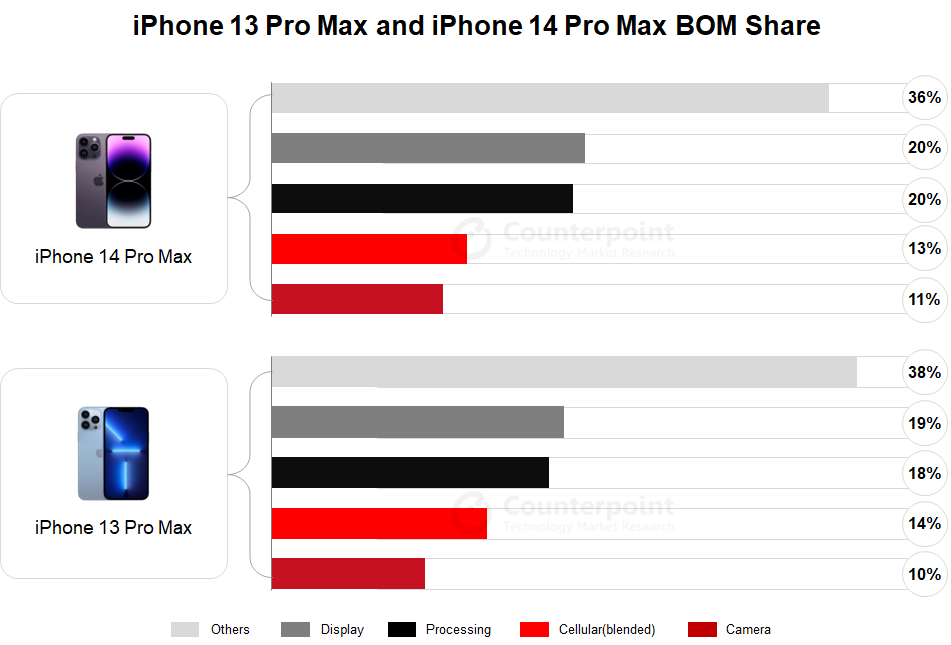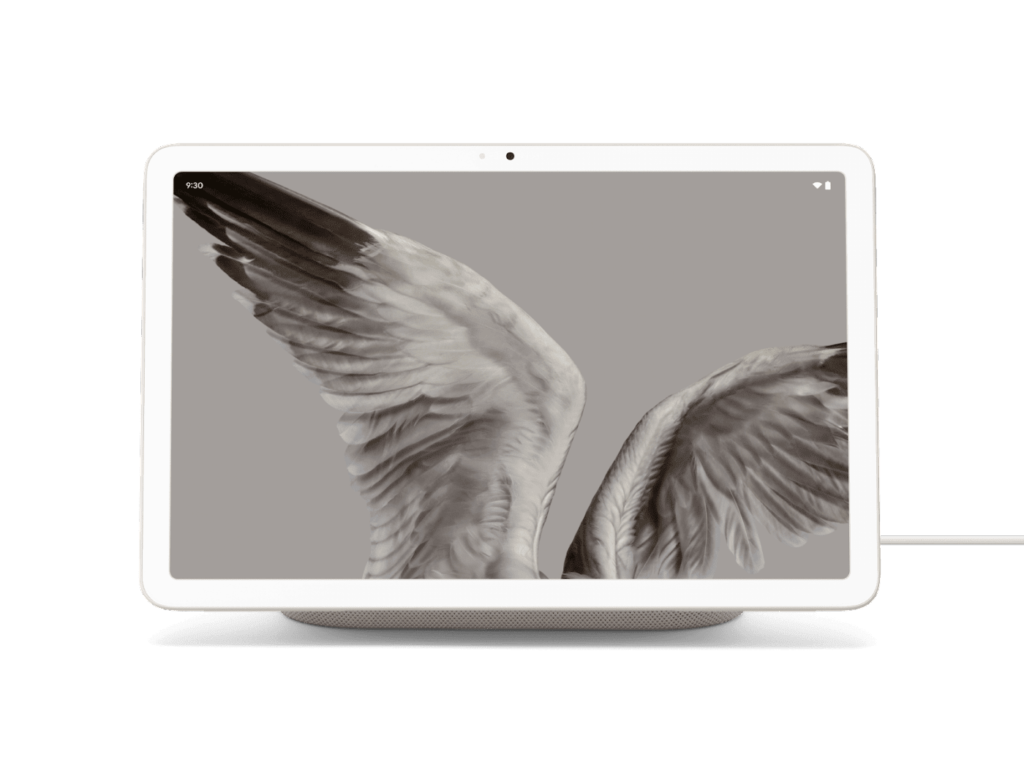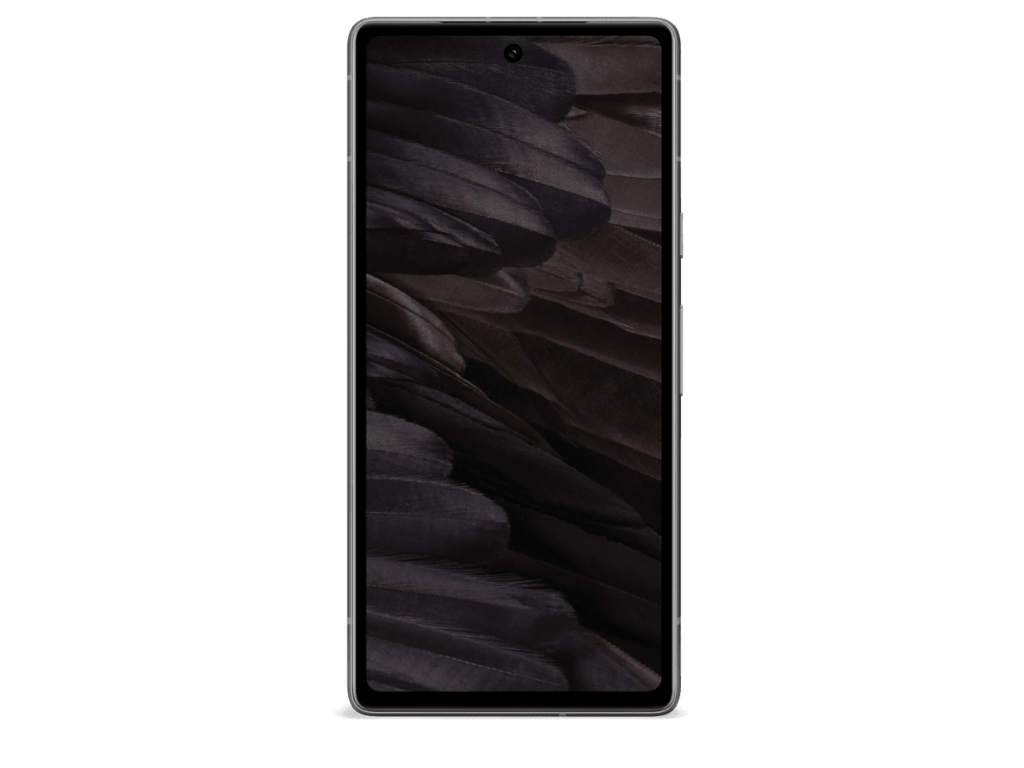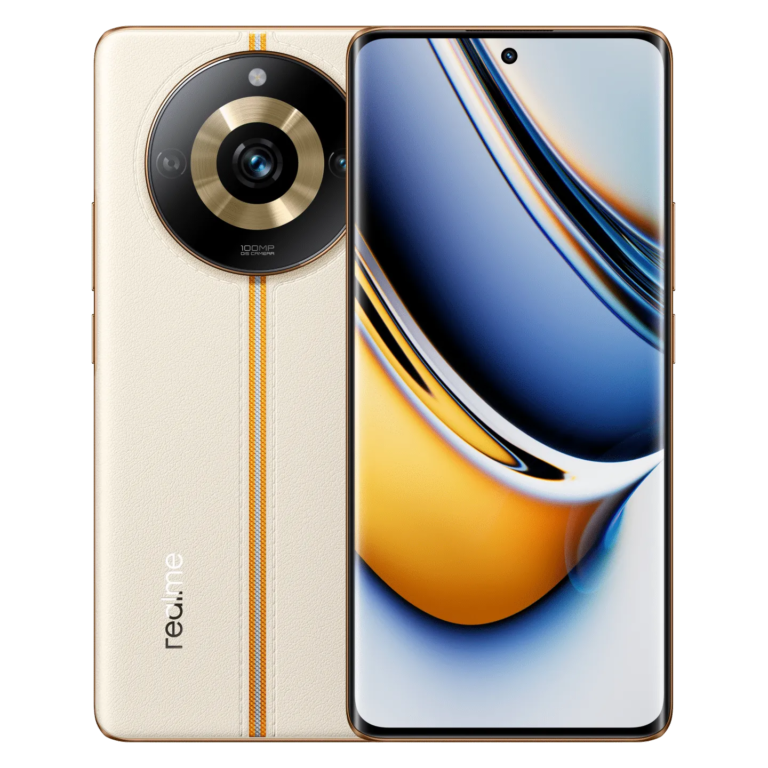According to Counterpoint Research’s BoM analysis, it costs Apple a whopping $474 to produce a 128GB iPhone 14 Pro Max millimeter wave smartphone. The BoM costs $454 for models up to 6GHz. Assuming an mmWave blend ratio of 44%(by the end of 2022), the iPhone 14 Pro Max will cost about $464 to blend, a 3.7% increase over the iPhone 13 Pro Max. Application processors, displays and cameras are the main categories of cost increases. These components now have a larger share of the BoM.

The most expensive accessory for the iPhone
According to analysis by Counterpoint Research, the two most expensive components in Apple’s top-of-the-line phone are the 6.1-inch all-weather display and the Apple A16 processor, each accounting for about 20 percent of the total cost. Chip costs rose 6.7 percent from a year earlier.
The components required for cellular wireless connectivity account for 13% of the total BoM. The iPhone 14 Pro Max got a major camera upgrade that added $6.30 to the cost.
The largest category is “Other”, which includes components such as RAM, 128GB storage, battery, Taptic engine, case, frame, etc.
The rest is not all profit
According to Counterpoint Research, the total number of components in the iPhone 14 Pro Max is up to 42% of the sale price. In other words, the remaining $636 is not pure profit.
The cost estimate does not include actual assembly costs in China or India. Previous models were estimated to cost around $20 to $30 per unit to assemble.
In addition, the raw materials list does not include wages, advertising and other costs for Apple employees. Hardware research and development is not included. And the list doesn’t include software — iPhone sales must cover all the costs of developing iOS and its built-in software.
In the fourth quarter of 2022, Apple accounted for 48 percent of the smartphone market’s revenue and 85 percent of profits, according to Counterpoint Research.
Detailed data from Counterpoint Research:
Apple’s first 4nm process CPU cost
Apple’s new generation of mobile processors, the A16 Bionic processor, contains a whopping 16 billion transistors, a 6.7 percent increase from the A15’s 15 billion transistors. This helps improve the performance of the CPU, GPU, neural engine, and camera ISP. Due to the more advanced 4nm process, the processor alone has an estimated additional cost of $11, pushing the BoM cost share of the processing category up to 20%.| all-weather display screen upgrade
In addition to upgrading peak brightness in HDR mode and outdoor mode, Apple has added an always-on display feature to the iPhone 14 Pro Max. This feature makes the display easy to view when the screen is locked. All of the upgrades add up to increased display categories. The iPhone 14 Pro Max uses a panel provided by Samsung.Main camera 48MP CMOS upgrade
The iPhone 14 Pro Max has a 48-megapixel main camera and a 4-pixel image sensor with a sensor area 65% larger than the iPhone 13 Pro Max. The sensor shift stabilization feature on the main camera has also been upgraded to the second generation in the iPhone 14 Pro Max. SONY supplies Apple with image sensors. The 7P lens for the main camera was provided by Sunny Optical, Largan Digital and GSEO, while the module was provided by LG Innotek. Autofocus has been added to the front-facing camera, and the lens has been upgraded from 5P to 6P on the iPhone 13 Pro Max. The main suppliers of front-facing lenses are GSEO and Sunny Optical. The upgrades add $6.30 to the price of the camera on the iPhone 14 Pro Max.Cell composition is down
The iPhone 14 Pro Max’s original hybrid cellular component dropped to 13% compared to the previous generation, due to lower component prices as 5G cellular technology becomes more widespread. Qualcomm, Qorvo, Skyworks and Broadcom are among the component suppliers in the iPhone 14 Pro Max phone category.Diversification of supply sources
Apple continues to diversify its supply sources. The NAND flash memory for the iPhone 14 Pro Max was provided by KIOXIA and SanDisk, while the LPDDR5 was provided by SK Hynix, Samsung and Micron. NXP and Broadcom remain the providers of wireless connectivity, display and touch control solutions for the device. Cirrus Logic, Goertek, Knowles and AAC dominate audio related design. TI and ST Micro are the main suppliers of power and battery management ics for the iPhone 14 Pro Max.The share of the cost of self-designed components is rising
Apple’s own designed components account for a higher percentage of the overall BoM cost for the iPhone 14 Pro Max than for the iPhone 13 Pro Max. In addition to the A16 bionic processor, Apple’s indigenously designed chips include PMIC, audio, connectivity and touch controls. We estimate that Apple’s own designed components account for 22% of the total BoM cost of the iPhone 14 Pro Max.







